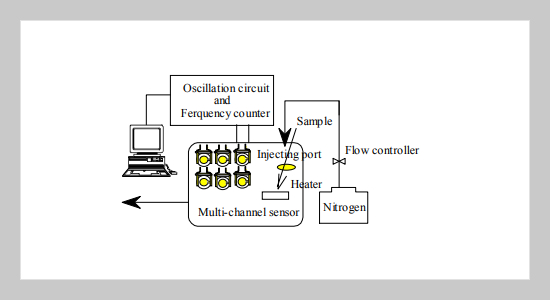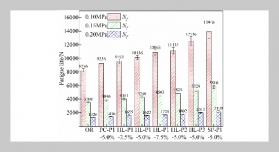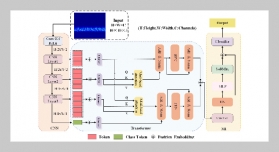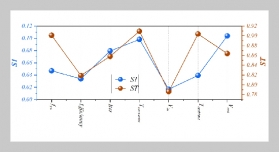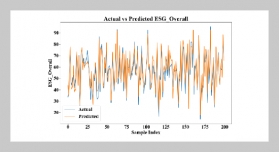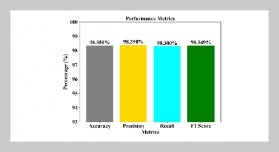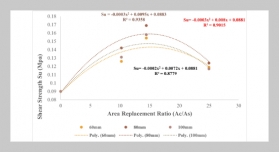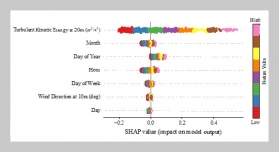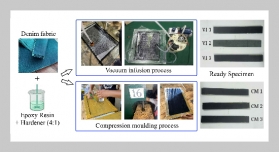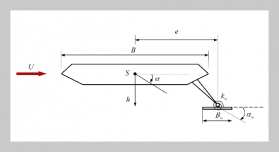Ping Chang1 and Jeng-Shong Shih This email address is being protected from spambots. You need JavaScript enabled to view it.1 1Department of Chemistry National Taiwan Normal University Taipei, Taiwan 116, R.O.C.
Received:
September 11, 2002
Accepted:
October 11, 2002
Publication Date:
December 1, 2002
Download Citation:
||https://doi.org/10.6180/jase.2002.5.4.02
A multi-channel piezoelectric quartz crystal sensor with a homemade computer interface was prepared and employed in the present study to detect mixture of organic molecules. Back propagation neural network (BPN) was used to distinguish the species in the mixture organic molecules and multivariate linear regression analysis (MLR) was used to compute the concentration of the species. A six-channel piezoelectric sensor detecting organic molecules in static system was investigated and discussed. Amine, carboxylic acid, alcohol and aromatic molecules can easily be distinguished by this system with back propagation neural network. Furthermore, the concentrations of the organic compounds were computed with an error of about 10% by multivariate linear regression analysis (MLR). Detection of organic mixture with amine, carboxylic acid, alcohol and aromatic molecules by this method also had good qualitative and quantitative results. In order to achieve better distinguishability, change of fault-tolerance in back propagation neural network was also investigated and discussed in this study.ABSTRACT
Keywords:
Pizoelectric Crystal, Multichannel Sensor, Organic Vapours, Back Propagation Neural Network, Linear Regression Analysis
REFERENCES


